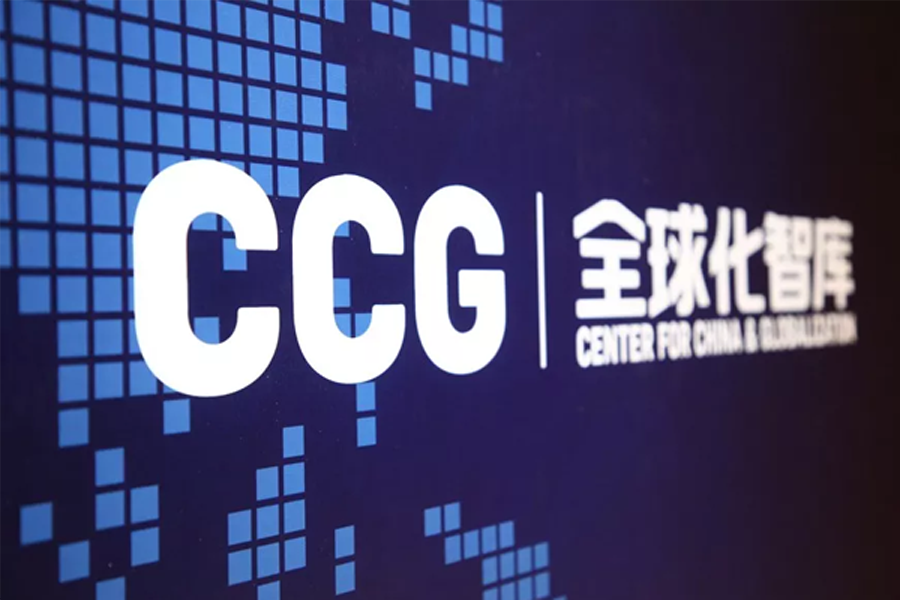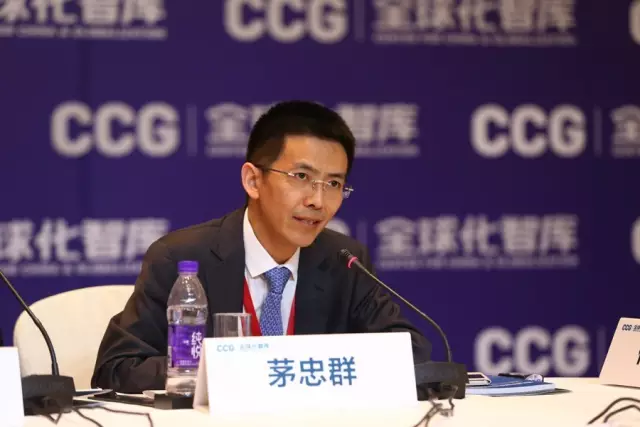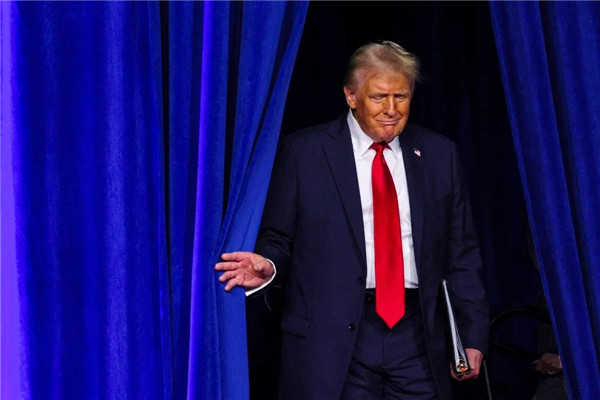Xu Fangqing: A decisive step to be nailed down in Korean Peninsula
2018年10月12日

By Xu Fangqing, a non-resident fellow at the Center for China and Globalization(CCG) and a senior editor with China News Week.
US Secretary of State Mike Pompeo finally made his fourth “successful” Pyongyang visit on October 7, where he was warmly welcomed by top Democratic People’s Republic of Korea leader (DPRK) Kim Jong Un.
The trip which was originally scheduled at the end of August was cancelled last minute by US President Donald Trump due to his “disappointment” over DPRK’s efforts to fulfill the promise of “complete and verifiable” denuclearization.
The overall five-hour journey on Sunday including a lunch with DPRK leader was a high-standard reception compared to Pompeo’s last Pyongyang visit. In fact, US Vice President Mike Pence, during his last Pyongyang trip in February, didn’t even get to meet Kim.
Both sides spoke highly of this meeting and Pompeo himself claimed a “victory” for his stop in Pyongyang.
Pompeo hailed “significant progress” and said they were “pretty close” to agreeing details for a second summit between Kim and Trump “as soon as possible” depending on the political climate in the US.
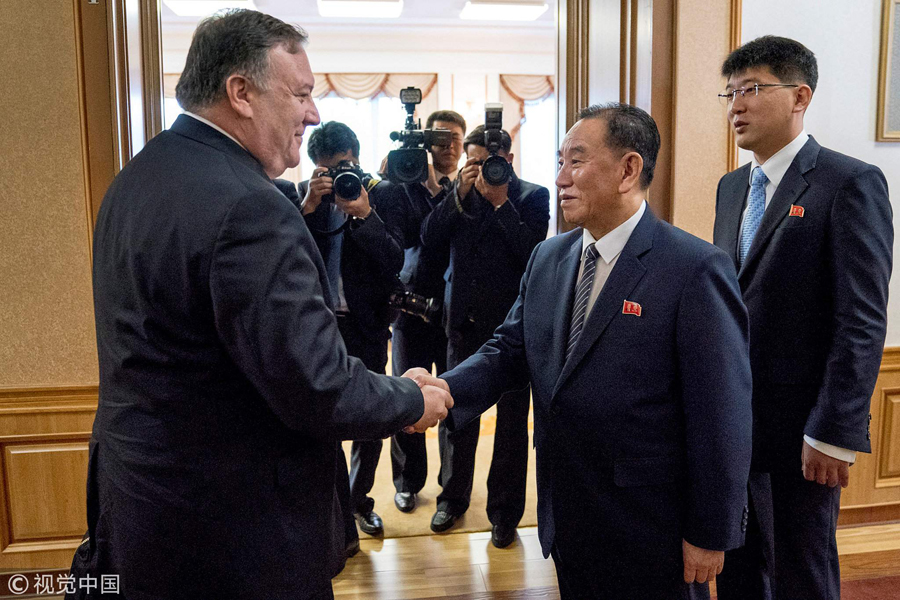
US Secretary of State Mike Pompeo meets with Kim Yong Chol, DPRK ’s senior official at the Park Hwa Guest House in Pyongyang, July 7, 2018. /VCG Photo
But the second Kim-Trump meet would be different from the landmark Singapore summit that was held in June this year.
Reason?
US midterm elections!
It could be the perfect showtime for Trump administration and Republicans to flaunt their achievements and abilities to the US voters.
Therefore, during the much-anticipated second Kim-Trump summit many substantial issues could be on the table with huge expectations on both sides.
As an envoy of president Trump, Pompeo branded his visit as a “step forward” in further normalizing the situation in the Korean Peninsula.
During the much-talked-about visit, both sides discussed the timing and logistics of the next Kim-Trump summit, and expressed their sincerity towards holding the top-level meeting.
The DPRK has also agreed to allow US inspectors into its defunct Punggyeri atomic testing site. The key nuclear testing site was shut five months ago by the DPRK in order to live up to the US’ condition of verifiable denuclearization
As part of his delegation to Pyongyang, Pompeo brought along Stephen Biegun, his special representative to DPRK and the diplomat who’s expected to take on more of the day-to-day negotiating with his counterpart and DPRK vice foreign minister Choe Son Hui.
This mechanism would bring benefits to the process of negotiations and preserve the achievements made during the past several months.
The two special representatives are also expected to deliberate on further details of the second Kim-Trump summit.
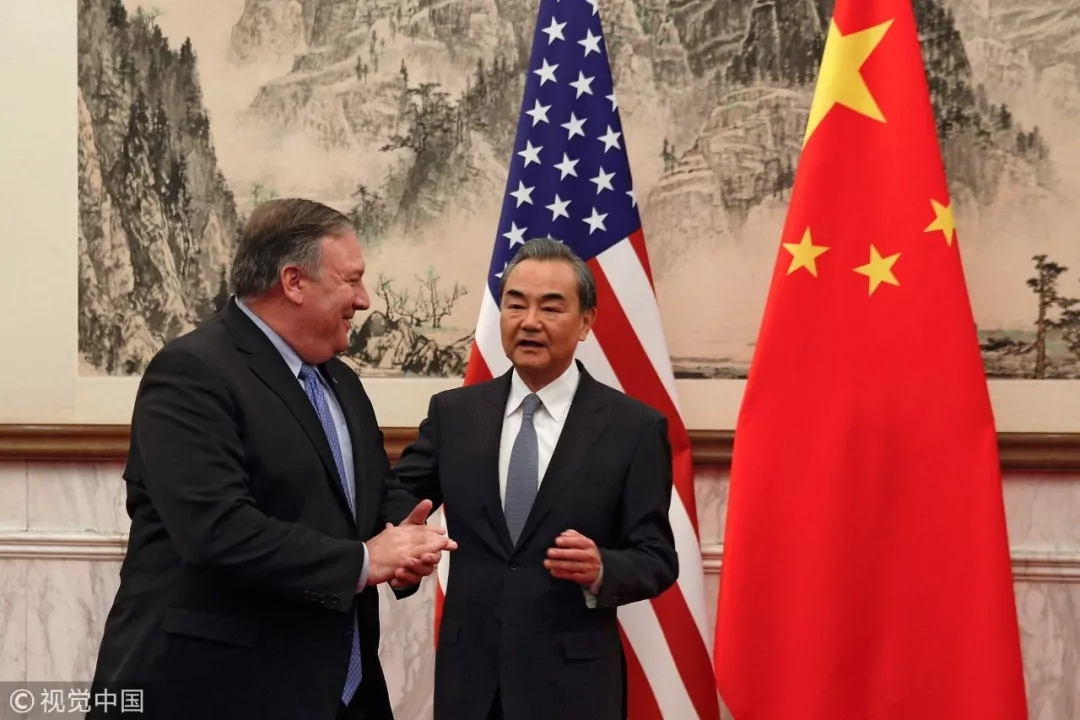
US Secretary of State Mike Pompeo (L) with China’s Foreign Minister Wang Yi (R) at the Diaoyutai State Guesthouse, Beijing, October 8, 2018. /VCG Photo
The fulfillment of the second Kim-Trump summit would at least be a signal that the consensus on some of the key issues regarding the denuclearization of the Korean Peninsula has been reached.
And as we have mentioned above, the next Kim-Trump summit may not be far away, as the US midterm election is scheduled for November and Pompeo also said it could be “pretty close”.
However, the historic peace process of the Korean Peninsula takes not only the courage of innovative leaders, but also practical tactics especially considering the complicated situation in the region. Therefore, US State Secretary’s Asian trip also covered Tokyo, Seoul, and Beijing.
Obviously, US doesn’t take the Korean issue as a simple bilateral business which could be tackled with several meetings between the leaders of two countries.
During the joint press conference in Seoul, Republic of Korea (ROK) President Moon Jae-in said that he would like to see another summit between DPRK and Russia, another historical and realistic player in the region.
And it won’t be a bold assumption that a DPRK-Japan summit is possible as well.
Setbacks are not inevitable on the way to the final verified denuclearization in the region without the support of the key concerning sides like China.
However, the meeting between Pompeo and his Chinese counterpart, Wang Yi demonstrated the tensions as the two largest economies are in fierce trade disputes. US Secretary of State expressed frankly that the two countries now had “fundamental disagreements”.
Without China’s support, we see little chances to make real and irreversible progress on the denuclearization no matter how many breakthroughs US and DPRK have made until now, and in the future, as both sides still lack strategic trust.
As an irreplaceable country in the region, China could provide the guarantee for the trust and agreement between US and DPRK.
It would take much more efforts to balance the relations of all sides in the region before reaching ideal results.
An effective bilateral mechanism is badly needed and so is a multilateral communications mechanism. This is the only way we could witness a positive outcome of the second Kim-Trump summit and even a new history for the Korean Peninsula.
From CGTN, 2018-10-10
